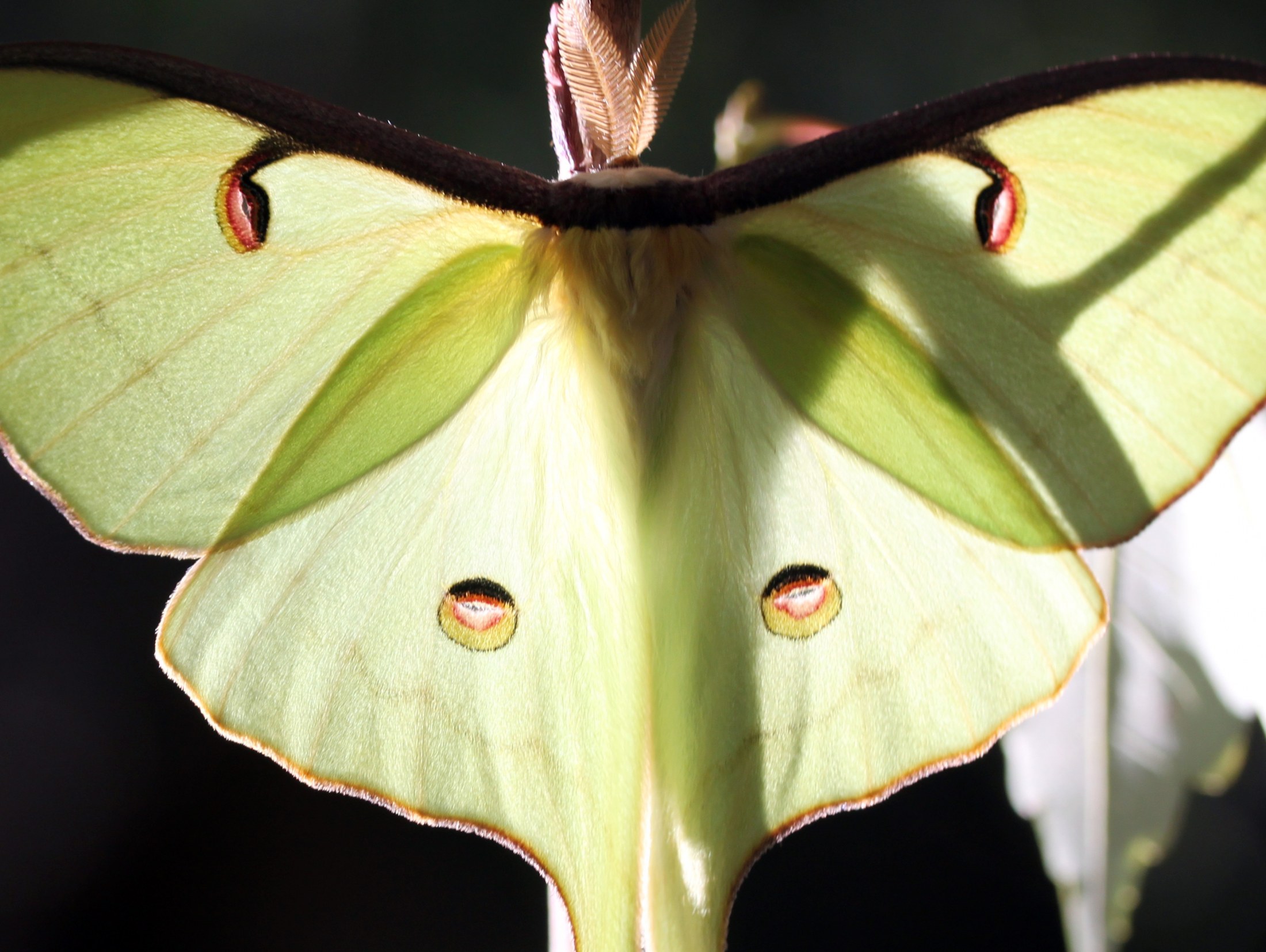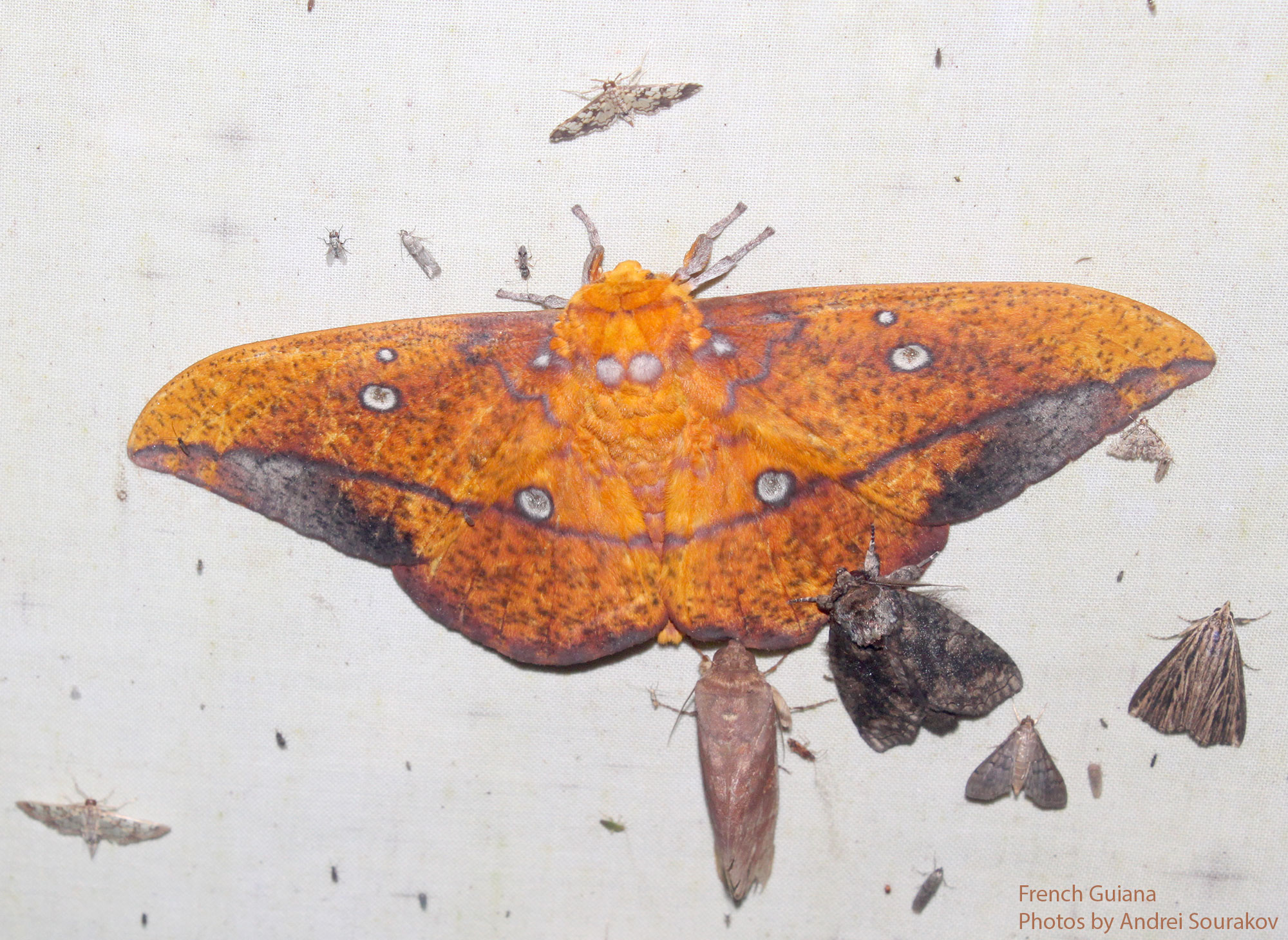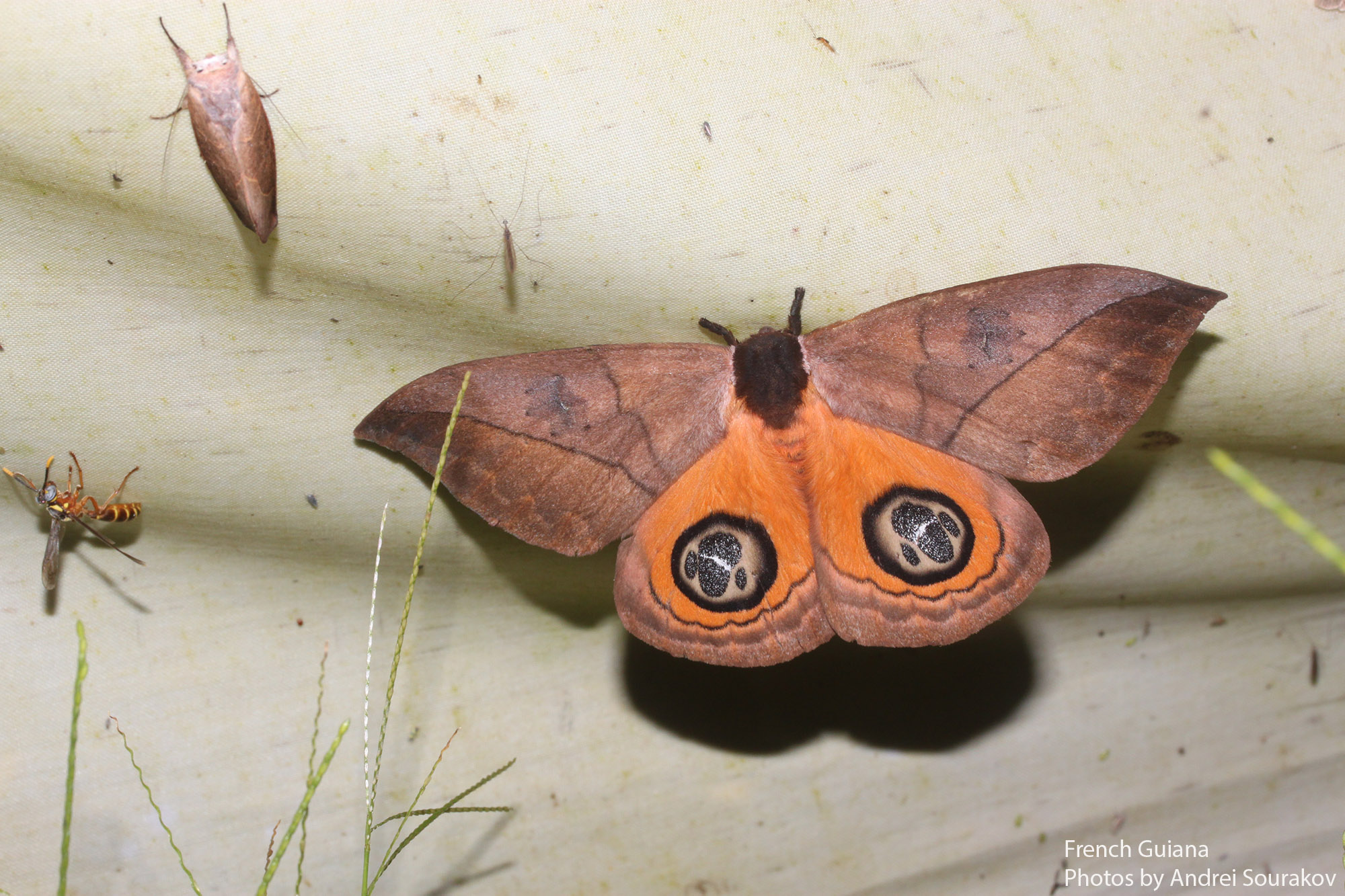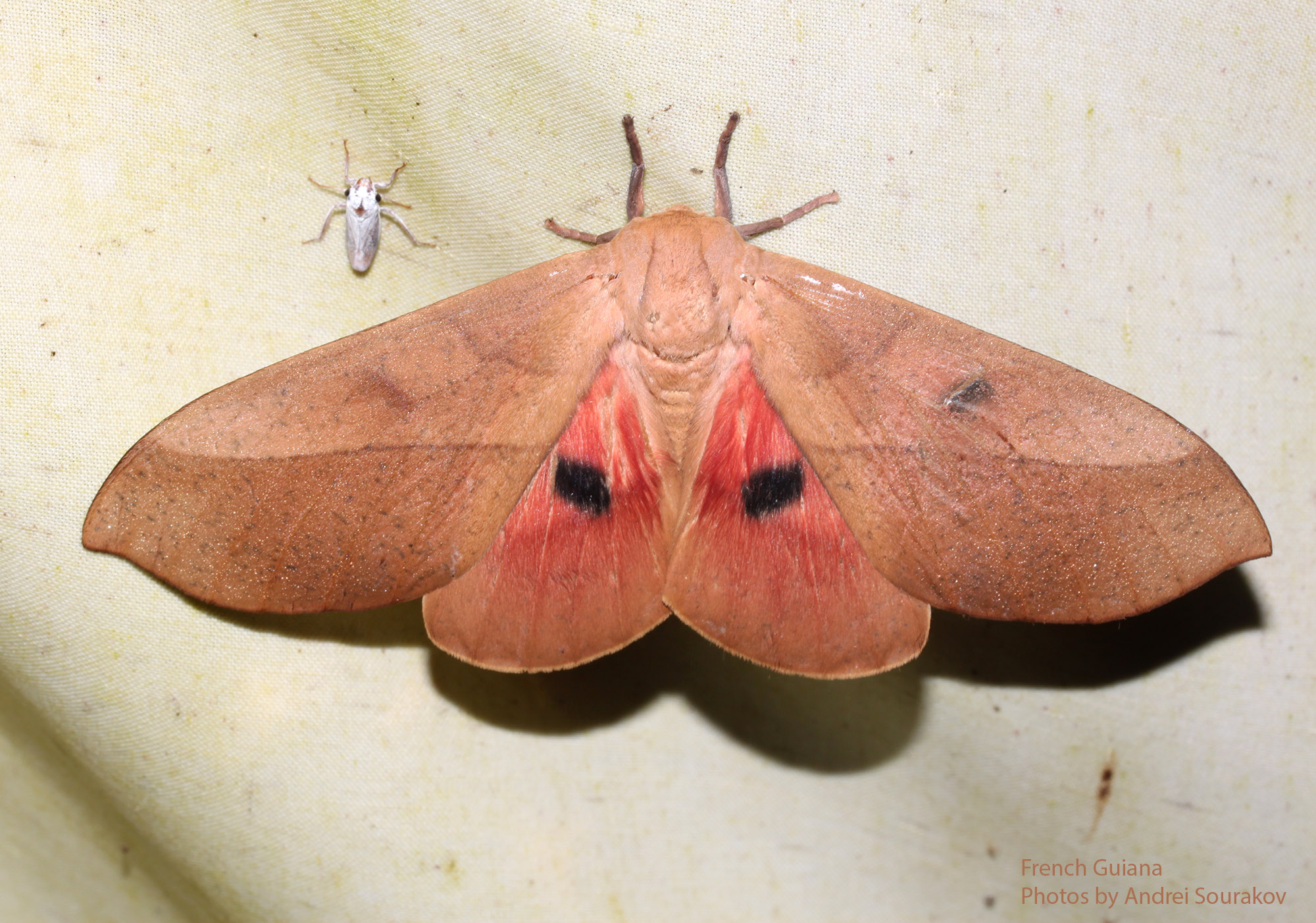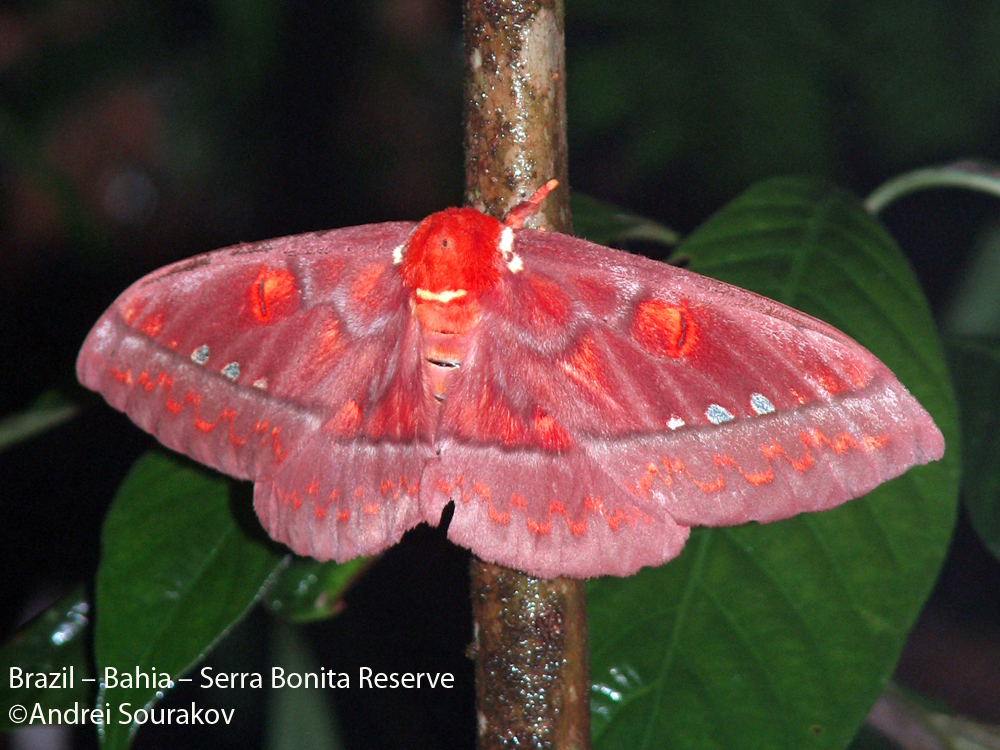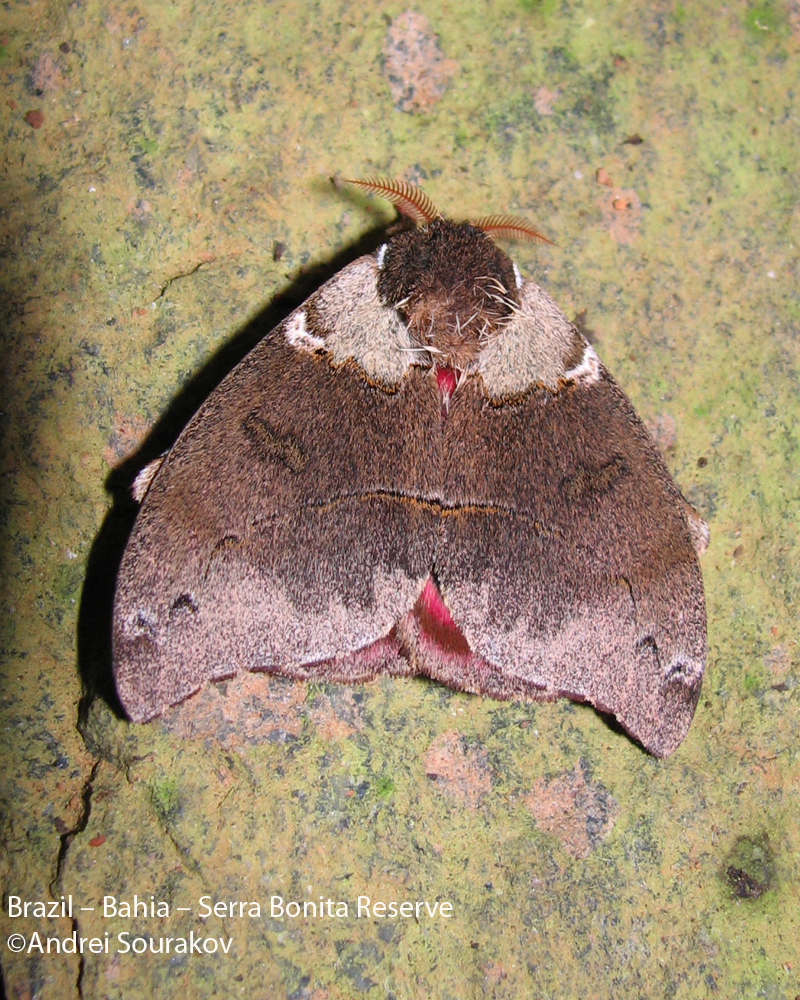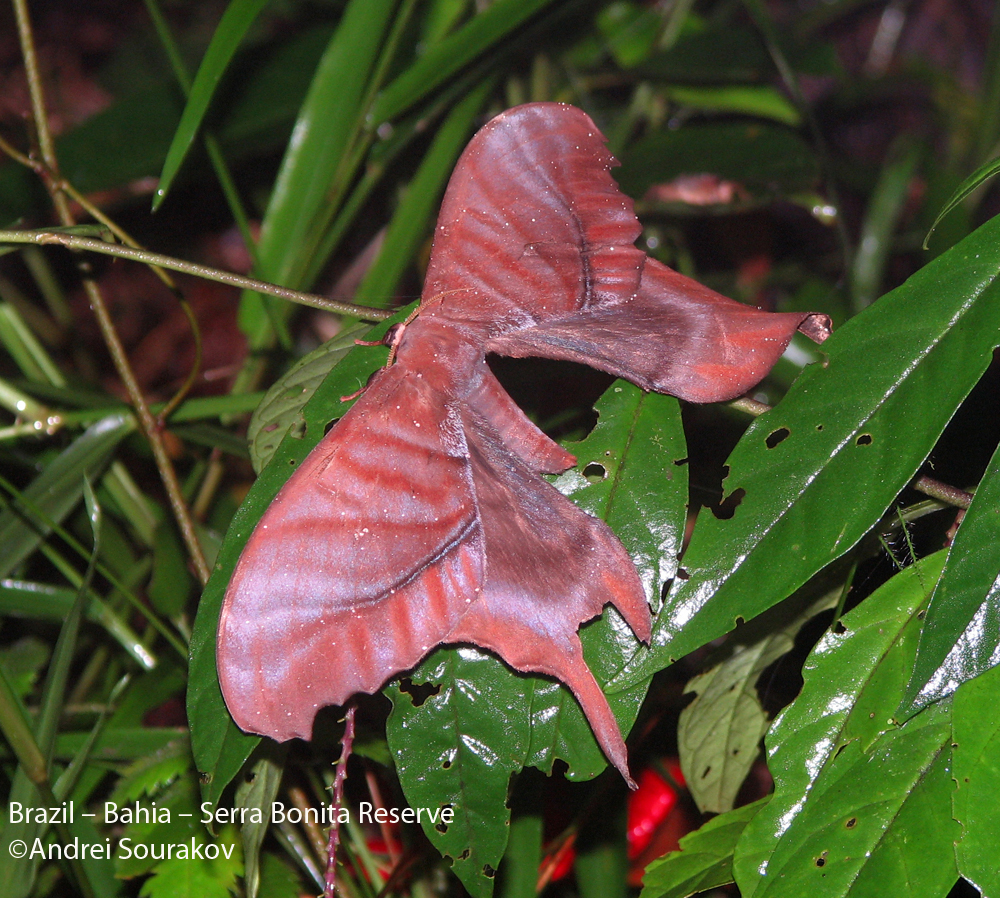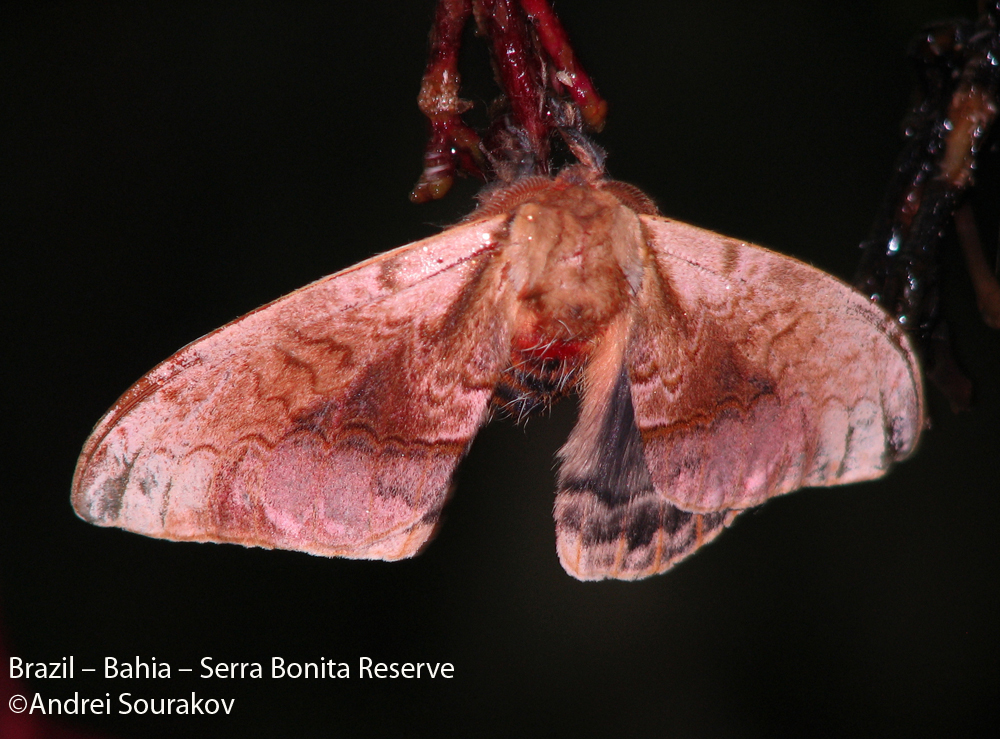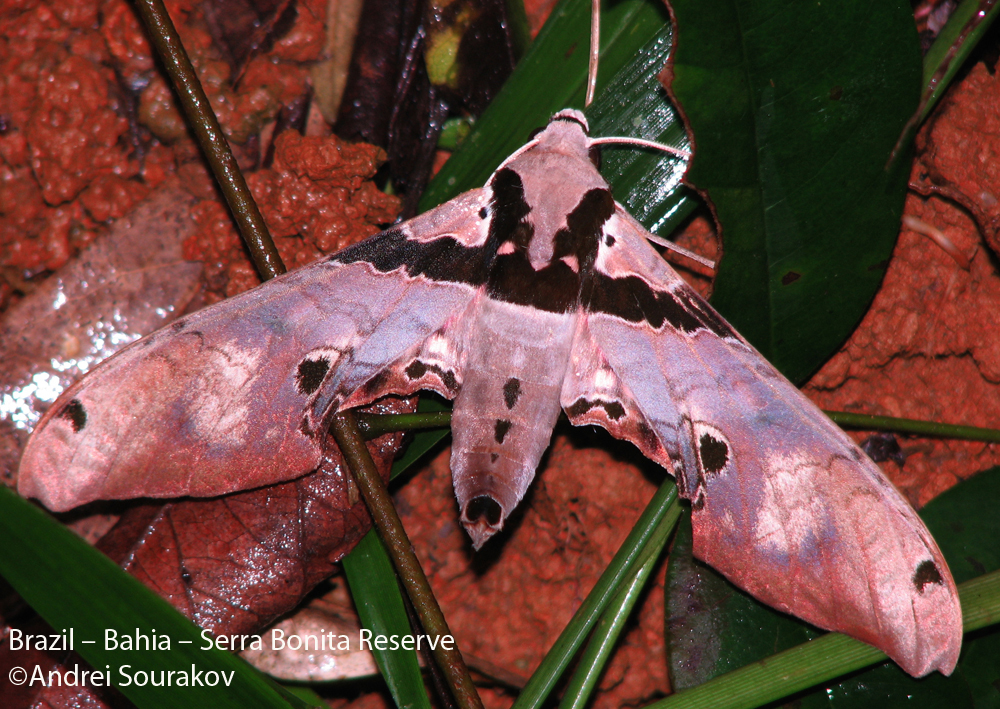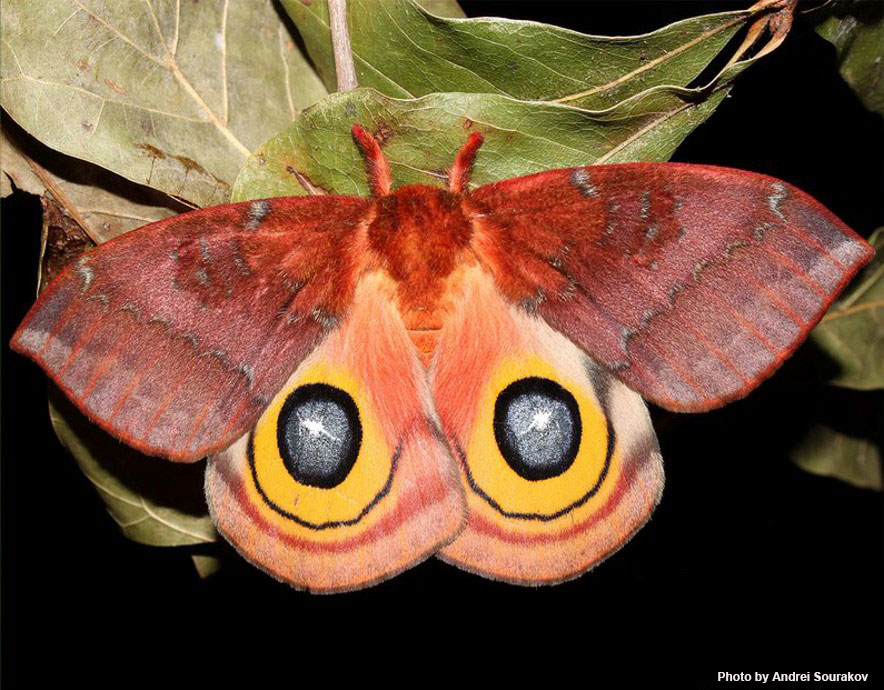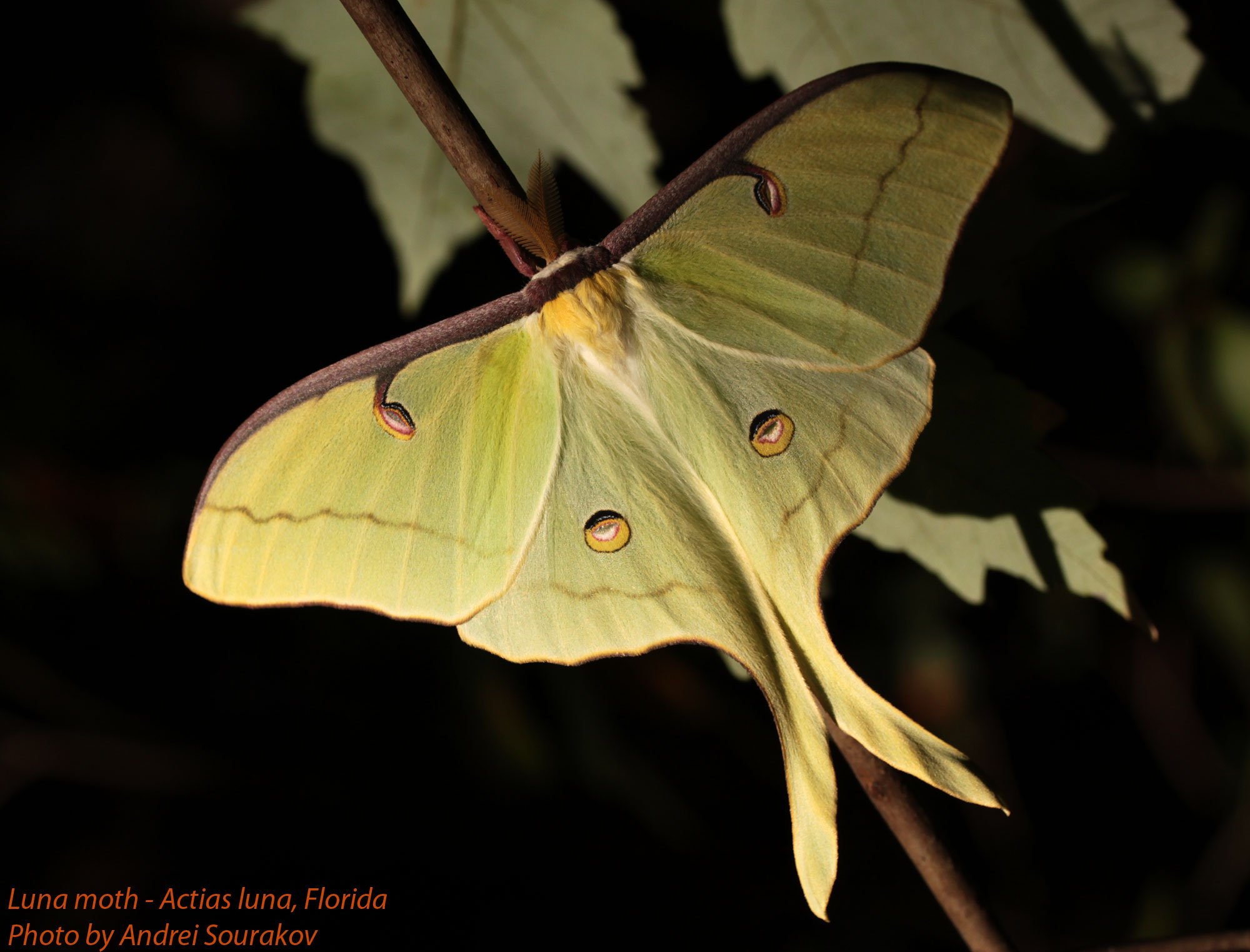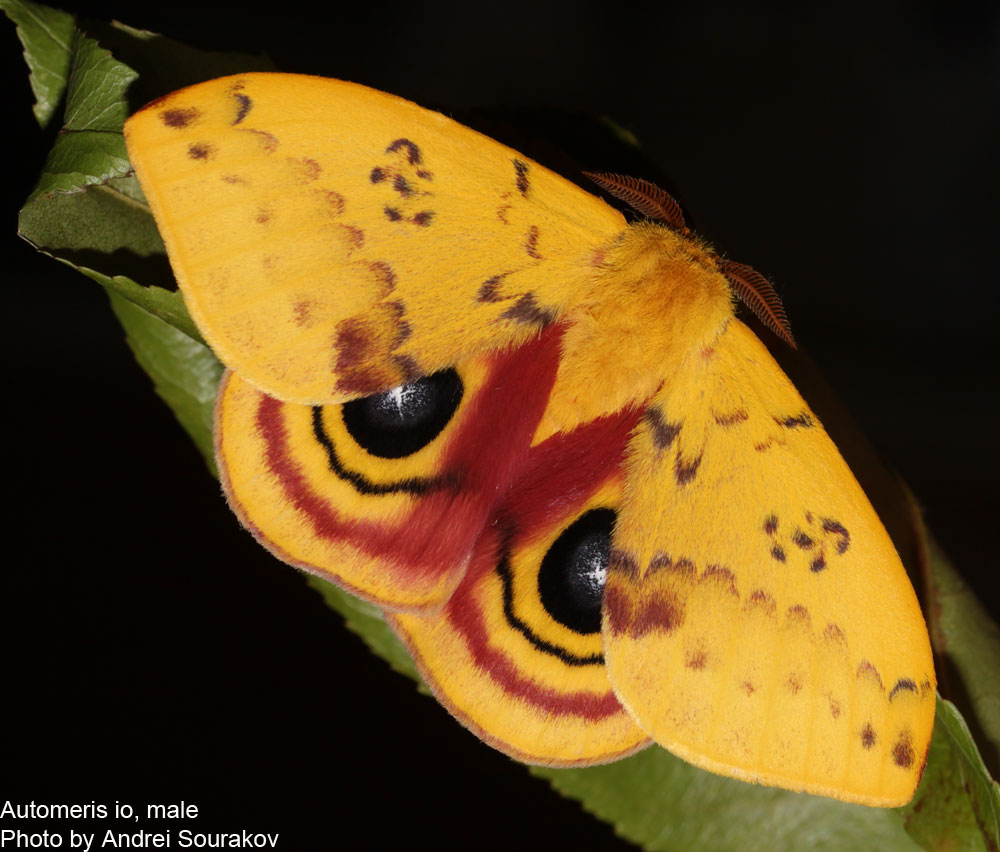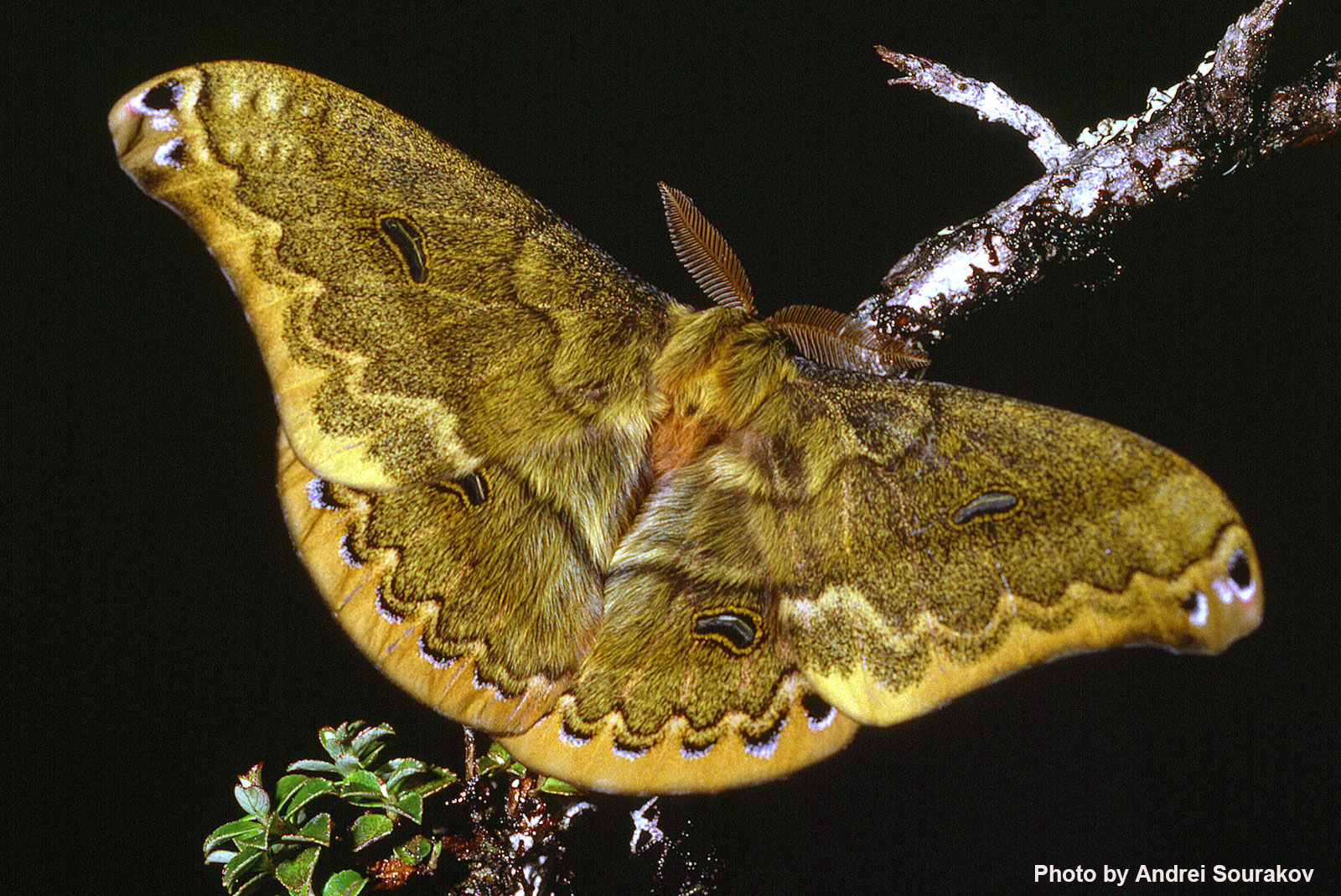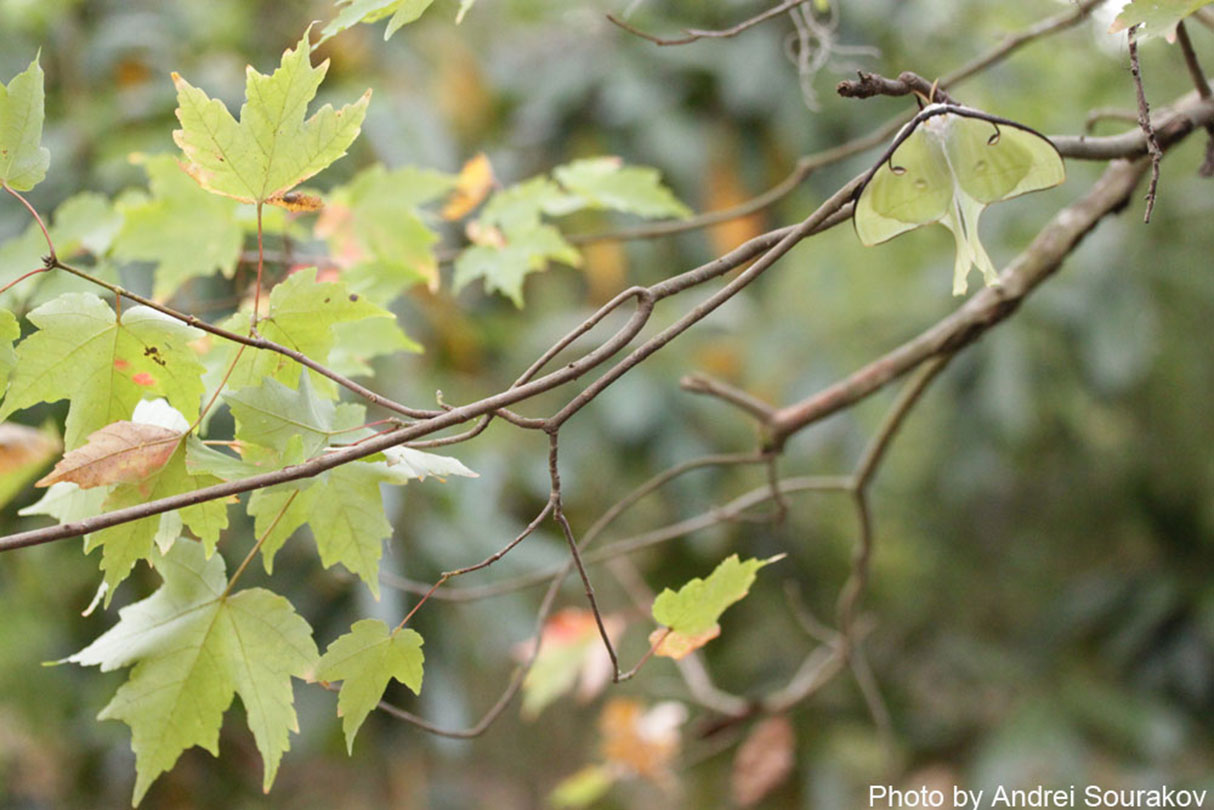When recently a squirrel attacked and devoured an imperial moth in my yard, I searched the internet and found a couple of other examples of this behavior. Several observations of squirrels eating caterpillars and cocoons of silk moths were also sent to me by colleagues.
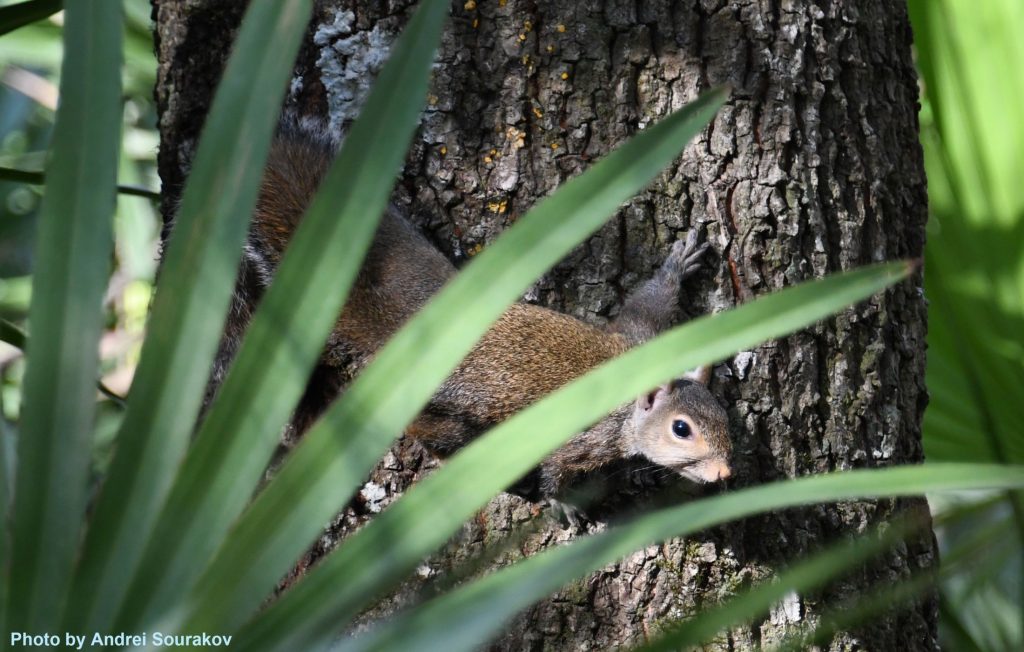
So, if small mammals began roaming the forests at about the same time as insectivorous birds (or perhaps a bit later), why do we always associate evolution of every wing pattern with birds, and never consider mammals as the driving force. Curious, fast-learning, diurnal and equipped with excellent vision, squirrels and other tree-inhabiting mammals too are perfect predators, especially for large, resting by day, silk moths and hawkmoths.
Squirrels also coinhabit tree trunk surfaces with these moths constantly bustling up and down, and would encounter them more readily than birds would. This week for example, for each bird I saw in the forest understory in San Felasco State Park in Gainesville, Florida, I saw 50 foraging squirrels, so they also can be quite common.
Squirrels are frequently described as omnivorous, eating not only vegetarian food, but insects, lizards, and nestling birds, but many think that their primary diet is vegan, and that they only eat meat occasionally, accidentally or under stress. According to Callahan (1993) however, squirrels are even known to stalk and take down larger prey, and he thinks it is a norm, just not observed and described as much as other types of more common behaviors.
I pose a question: How prevalent are large moths in squirrels’ diet today? Please send any observations of squirrels and other mammals eating moths in the wild to me at:
sourakov at ufl.edu
Here is a small sample of cryptically and defensively colored silk moths and hawkmoths that may be potentially encountered by small mammals:
Links and references:
Callahan, J.R., 1993. Squirrels as predators. The Great Basin Naturalist, pp.137-144.
Video: Florida Museum’s vertebrate paleontology curator, Jonathan Bloch, on evolution of mammals
